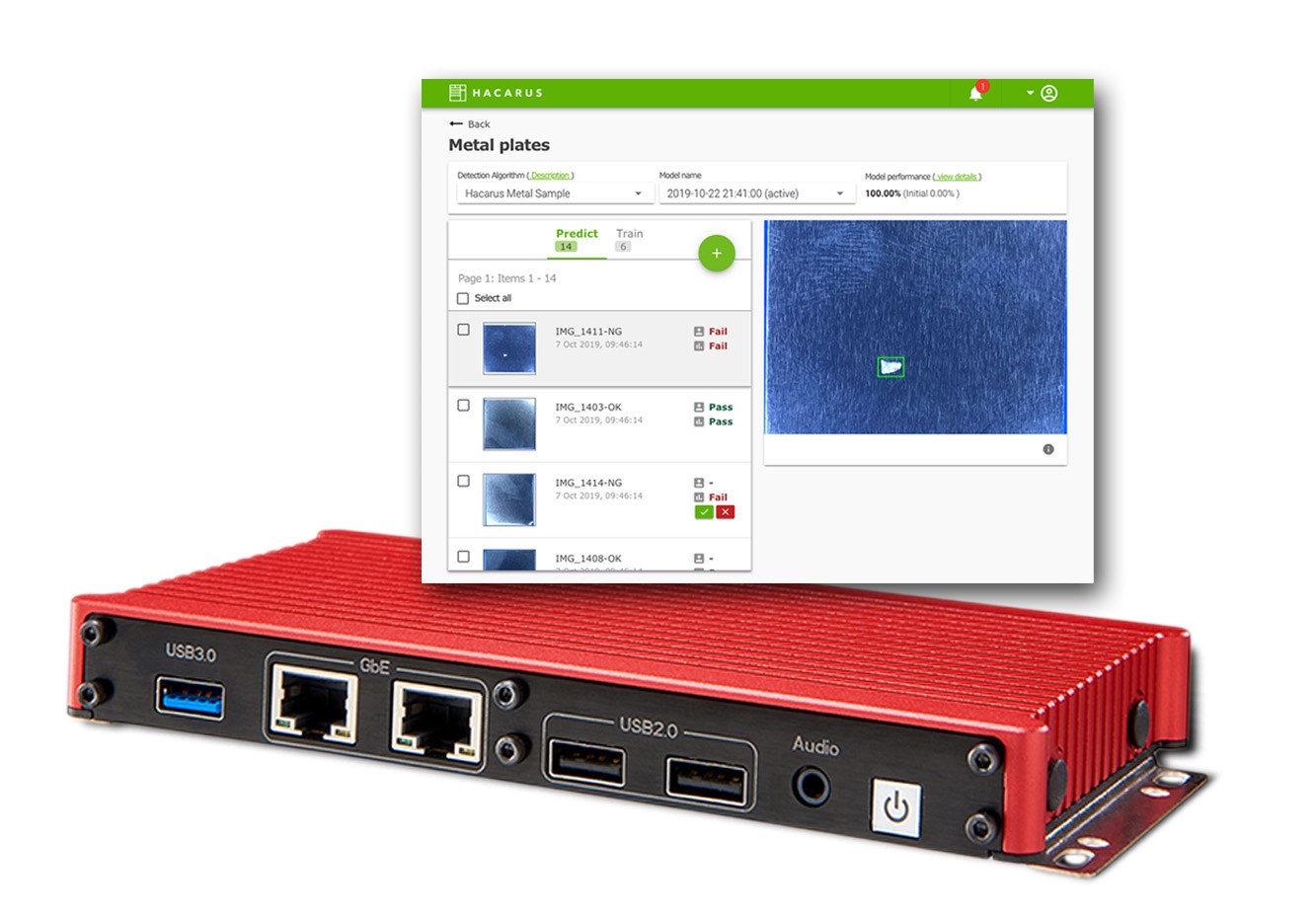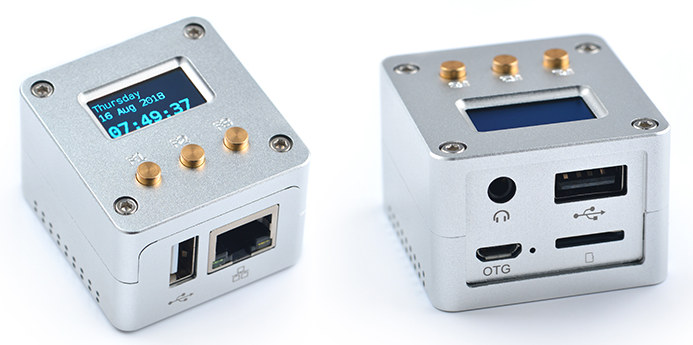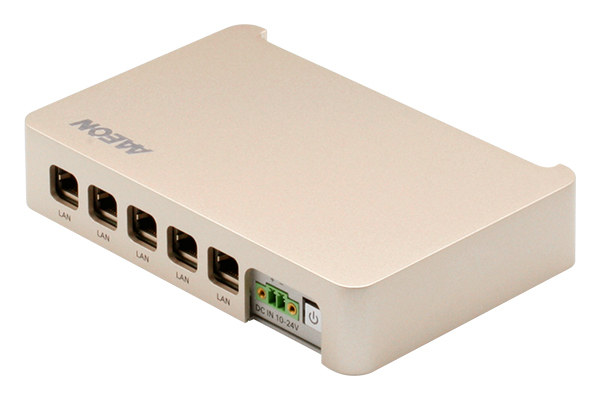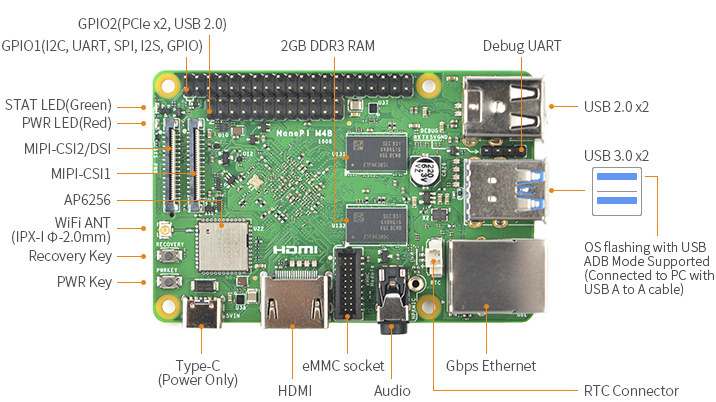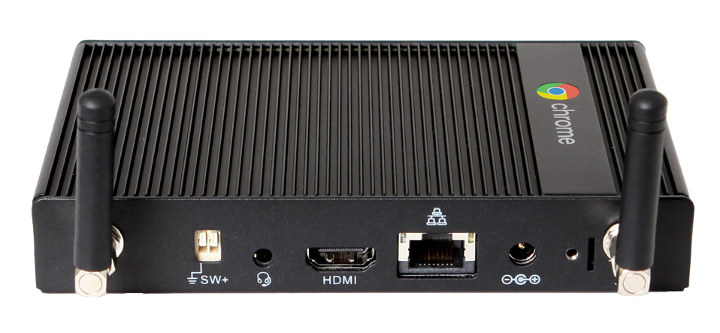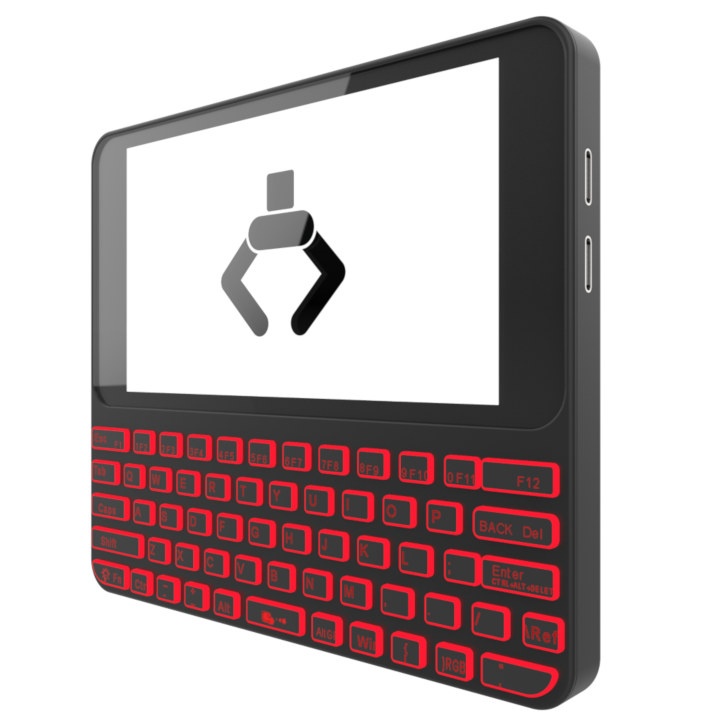Beelink GT-King is a TV box based on Amlogic S922X Cortex-A73/A55 processor, while GT-King Pro is an updated version with Amlogic S922X-H processor that adds Dolby and DTS licenses. Both models ship with Android 9.0 operating system. But Kodi 18.4 based CoreELEC 9.2.0 Linux OS released last September supports various Amlogic S905X2/S922X/A311D devices including Khadas VIM3 SBC and Beelink GT-King TV boxes. That means you should be able to download CoreELEC and flash it to a MicroSD card to run either Android 9.0 from the eMMC flash or CoreELEC on the SD card. But Beelink posted on Freaktab forum that they’d ship Beelink GT-Link and GT-King Pro TV with an 8GB MicroSD Card pre-loaded with CoreLEC to allow for dual-boot systems. So you’d know even need to do anything. One way to select between CoreELEC and Android is to insert or remove the MicroSD card before booting, but it’s not […]
Hacarus Embedded AI Computing Kit Leverages Sparse Modeling Technology
AI training often requires thousands of samples to become accurate, and it can be costly and time-consuming, for example, if you want to train a model to detect manufacturing defects you’d need to provide images with both defective samples and good samples. Japanese AI experts at Hacarus have been working on a solution called Sparse Modeling which requires about 50 samples or even less for training, and worked with Congatec to provides an embedded AI computing kit leveraging the technology. Sparse Modeling Technology Hacarus does not go into great detail but explains Sparse Modeling technology is using a data modeling approach that focuses on identifying unique characteristics, in a way that humans recognize friends and family without having to look at everything from feet to head. That means algorithms based on Sparse Modeling do not need as much data as traditional AI solutions, leading to much smaller AI footprint suitable […]
NanoPi NEO2 Black Arm Linux SBC for Headless Applications Launched for $20 and Up
NanoPi NEO2 Black is an Allwinner H5 SBC designed for headless applications that improves on the existing NanoPi NEO2 board by adding an eMMC flash module support, and higher memory capacity (up to 1GB RAM). The board was announced last month, but it’s now available for purchase for $19.99 plus shipping on FriendlyElec website. Here’s a reminder of the specifications: SoC – Allwinner H5 quad-core Cortex A53 processor with an ARM Mali-450MP GPU System Memory – 1GB DDR3 Storage – MicroSD card slot, eMMC flash module connector Connectivity – Gigabit Ethernet (via RTL8211E-VB-CG chip) USB – 1x USB 2.0 host port, 1x micro USB OTG port, 1x USB via headers Expansion headers 10-pin header with I2C, UART, GPIOs, and power signals (5V in/out + GND) 6-pin header with 1x USB, Line Out (stereo), 1x GPIO Debugging – 2-pin unpopulated header for serial console / debugging Misc – Power and system […]
The Case for Running Chromium OS on IoT Devices
The concept of Chromium OS for IoT was presented by Linaro Veteran Khasim Syed Mohammed at Linaro Connect 2019, In his presentation, he talked about the possibilities and advantages of using Chromium OS for IoT devices. This approach looks promising since it’s running on a Linux Kernel base, and Chromium OS uses a lightweight graphics stack that relies on Linux DRM APIs. This may help to create an IoT device with a graphics interface, without consuming too many hardware resources. Why Chromium OS From the architecture front, chromium OS has impressive advantages compared to other lightweight Linux operating systems, such as Direct Rendering Manager, support for web-based applications, etc… Graphics Stack In Linux-based operating systems, most of the time the graphics/display stack is handled by the X-Window system (Xserver and clients). This increases the complexity of development, consumes a large number of hardware resources and increases the product development life […]
AAEON BOXER-8220AI Embedded Box PC Features NVIDIA Jetson Nano, 5 Gigabit Ethernet Ports
AAEON has launched several AI Boxer-8000 series embedded box PCs based on Intel processors plus AI accelerator, or NVIDIA Jetson TX2. The company has now introduced a new model – BOXER-8220AI – based on NVIDIA Jetson Nano module, and equipped with five Gigabit Ethernet ports. AAEON BOXER-8220AI specifications: SoM (CPU/Memory/Storage) – NVIDIA Jetson Nano with quad-core Arm Cortex-A57 MPCore processor @ 1.43 GHz, 128-core Maxwell GPU. 4GB LPDDR4, 16GB eMMC flash or MicroSD card Video Output – HDMI 2.0 Connectivity – 5x Gigabit Ethernet ports USB – 4x USB 3.0 ports, 1x Micro USB to flash the OS Serial – 2x RS-232 Misc – Power button, recovery button, power LED Power Supply – 10-24V DC via 2-pin terminal block Dimensions – 154 x 101 x 30 mm Weight – 1 kg Temperature Range – Operating: -20°C ~ 60°C, according to IEC60068-2 with 0.5 m/s AirFlow; storage: -45°C ~ 80°C Storage […]
NanoPi M4B Rockchip RK3399 SBC Drops the USB 3.0 Hub, Adds Bluetooth 5.0, an ADB Switch
NanoPi M4 was launched last year (2018) as a Rockchip RK3399 SBC following Raspberry Pi 3B+ form factor with 2 or 4GB DDR3 RAM, and was followed by NanoPi M4V2 this September with 4GB LPDDR4 memory, and power & recovery buttons. FriendlyELEC has been working on yet another revision with NanoPi M4B mixing some of the features of M4 and M4V2 such as DDR3 memory and power & recovery buttons, but the biggest change is the removal of the USB 3.0 hub which allowed for four USB 3.0 port, and now the company is going native leveraging the two USB 2.0 interfaces and two USB 3.0 interfaces inside Rockchip RK3399 processor which should lower the BoM cost, and in some cases improve performance. NanoPi M4B specifications: SoC – Rockchip RK3399 big.LITTLE hexa-core processor with 2x Arm Cortex-A72 @ up to 2.0GHz, 4x Cortex-A53 @ up to 1.5GHz, a Mali-T864 GPU […]
AOPEN Chromebox Mini is Designed for Digital Signage and Kiosks
Most ChromeOS devices are designed for either the consumer or educational markets, but Google’s operating system can also be used for commercial applications such as digital signage. A cheap way to set up a ChromeOS based digital is to get a ChromeBit (around $100 used) and install one of the Digital Signage apps for the OS. But as I checked out Linux 5.4 changelog, I came across AOPEN Chromebox Mini (codename Fievel) powered by a Rockchip RK3288 processor and described as an “enterprise-ready” Chromebox for 24/7 operation as digital signage or kiosk. AOPEN Chromebox Mini specifications: SoC – Rockchip RK3288C quad-core Cortex-A17 processor @ up to 1.8GHz with Arm Mali-T764MP GPU clocked at up to 600 MHz System Memory – Dual-channel 4GB LPDDR3 Storage – 16GB eMMC 5.0 flash Video Output – HDMI up to 1080p60 Audio – 1x combo jack with Line out/Line in Connectivity – Gigabit Ethernet, WiFi […]
Pocket Popcorn Computer Handheld Linux Computer Looks Like an Improved, Faster PocketCHIP (Crowdfunding)
PocketCHIP was a Linux handheld computer powered by Allwinner R8/GR8 Cortex-A8 based CHIP board. The battery-powered device came with a small resistive display, 512 MB RAM, 4GB NAND flash, and a keyboard allowing to run Debian with PICO8 GUI so you could play retro games, access the terminal and so on. But since Next Thing Co folded last year the products are not available anymore. Since the designs were open source, Source Parts first tried to resurrect the board via their slightly modified Popcorn Computer but the Kickstarter campaign was unsuccessful. The company is now attempting to bring back PocketCHIP (sort of) with Pocket Popcorn Computer (abbreviated as Pocket P.C.) with a new design, and a much more powerful quad-core Cortex-A53 processor and overall better specs. Pocket Popcorn Computer specifications: SoC – Allwinner A64 quad-core Arm Cortex-A53 CPU with Arm Mali-400MP2 GPU System Memory – 2GB DDR3 RAM Storage – […]


